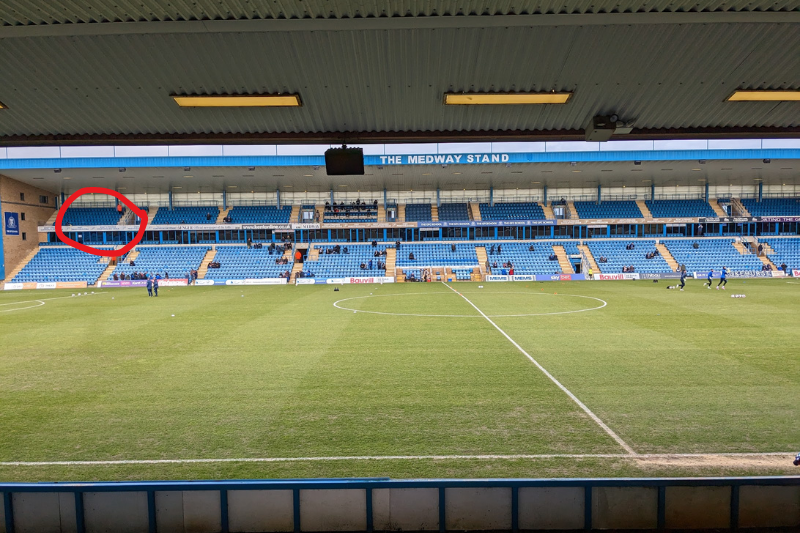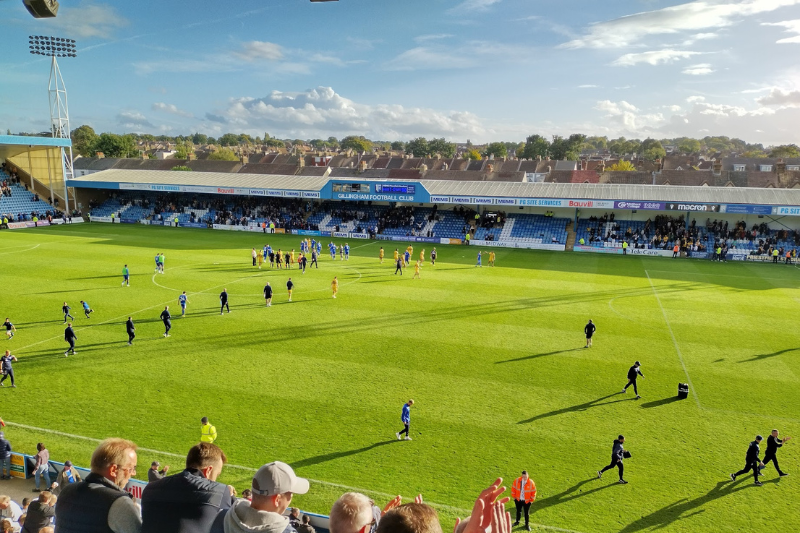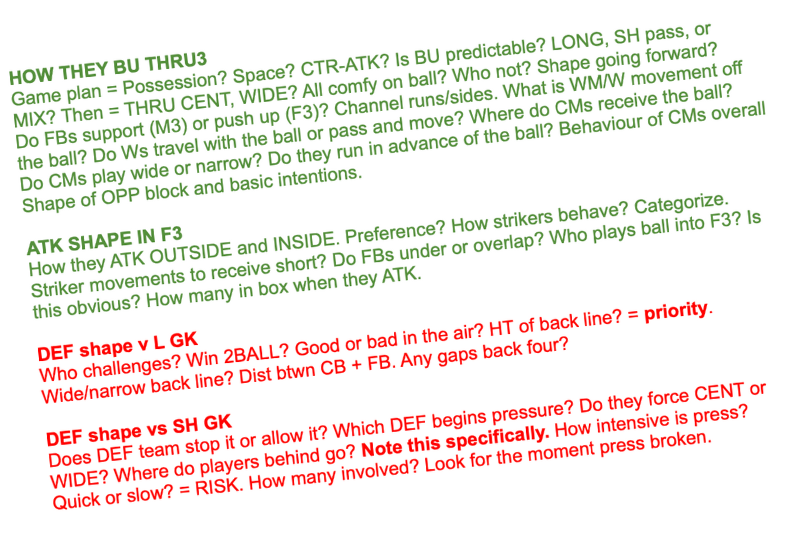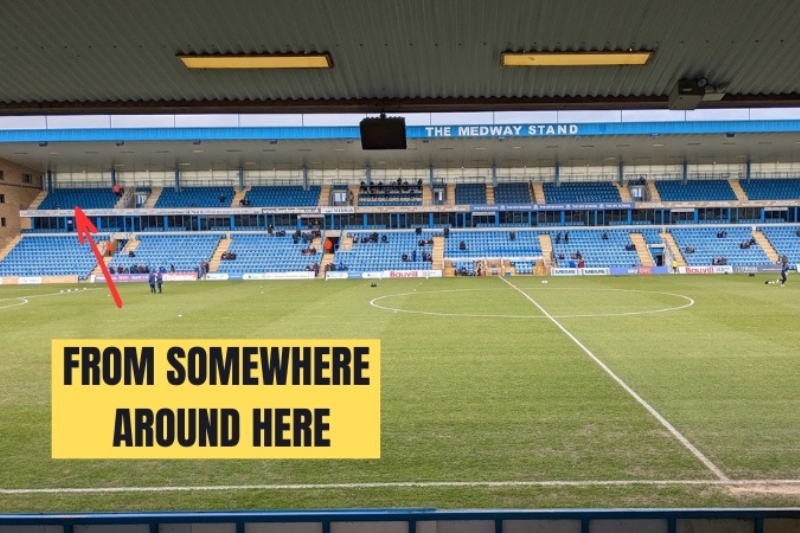How to remember more from a game
Most of my football time is spent on video reports. I’ll spend several days going through clips of a game and putting together a report. Remembering more from a game is not down to memory.
But not so long ago it was match reports that I got absorbed in. Those are reports put together based on what I’d seen, and what I’d noted and remembered while watching a game in person.
To describe this as a frantic exercise of scribbling is an understatement. There is never a moment you can’t be writing something. Or clarifying. Or something. Games would fly by. So would notebooks.
Last week I went to the Gillingham game as a fan (of their opponents Tranmere rather than the home team). It brought back this handwritten process and how hard it was to get everything. And the panic associated with that.
I’d last been at Priestfield working for a League Two club. The scouts are usually seated in the top right of the main stand (facing the pitch) as far into the corner as possible while still being able to see the pitch. But even in the corner the view that high is still good.

This time I was on the opposite side of the pitch where the altitude is not quite so severe. But the view was excellent at both ends.

But as well as those days, it brought back to memory a trick I used to use to make my notes more detailed and thorough.
I got the idea from Cal Newport, who writes about productivity rather than football. But I stole the idea and have used it in football whenever watching a game intending to write a report.
Newport calls it the instant replay booth.
In Newport’s world of academia, the instant replay booth is somewhere you go immediately after a university or college lecture. It might be a corner in the library or a park bench. Somewhere you go to immediately to reexamine your notes. It’s a chance to make sure everything makes sense, that you’ve crossed your Ts and dotted your Is. But also to note anything that’s not clear to you, so you can fix that at the next opportunity.
My footballing equivalent of the instant replay booth was my car. Once back out of the cold and rain I’d go through my notes and make sure everything was clear.
But here’s where I took things a step further.
Instead of relying on memory, I’d take a checklist with me for every phase of play. Each phase would be divided into various categories. Then I’d break up each phase into smaller sections. Then even smaller sub-sections.
The result was a massive list of questions. Here’s a screenshot of one of these lists. As you can see I went into way too much detail. This is one of about six pages.

I didn’t answer every question. But the list would serve as a reminder of things. I could suddenly remember more from a game. How were the center backs in the air? Did the keeper ever come off his line? Did anyone have lightening pace? Given there were so many of these prompts I’d end up with a formidable amount of information.
Soon enough I’d switch to going through my lists when home. The location was less important than the list of questions I’d created. The lists were way too long. Probably too long. But that fear of missing something serves you well sometimes. So they were at least comprehensive.
I recommend reading Cal Newport’s original article on this. Especially if you’re a student of anything. It’s also something to try if you’re watching a game and want to get as much information from it as you can.
The list has another benefit. Soon enough you start anticipating the reminders. You need the list a little less.
Anyway, I felt quite nostalgic about this system while watching Tranmere get knocked about by Gillingham. But it’s good to know I can lean on this technique again if I need to.
